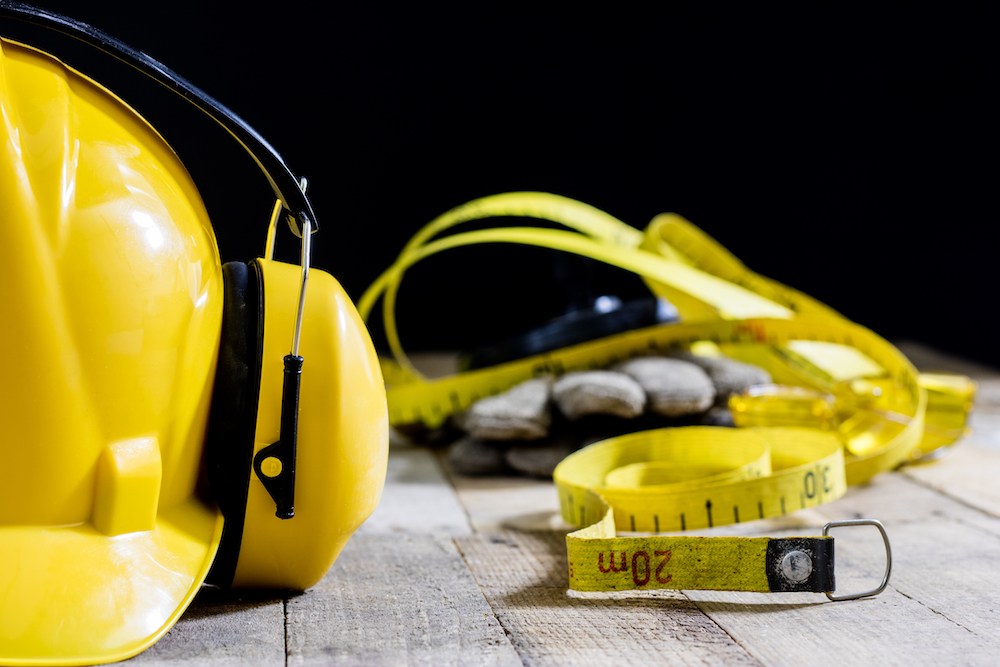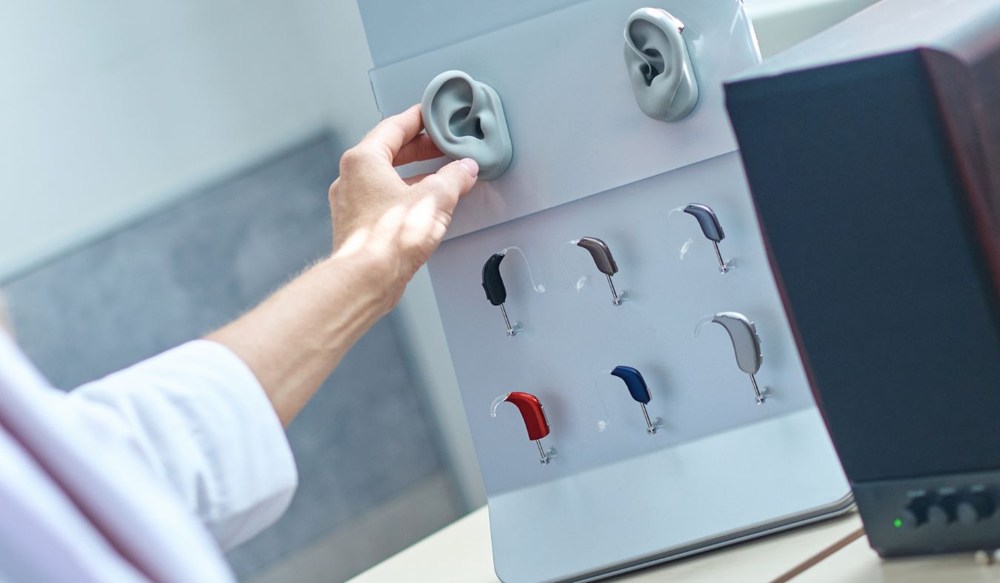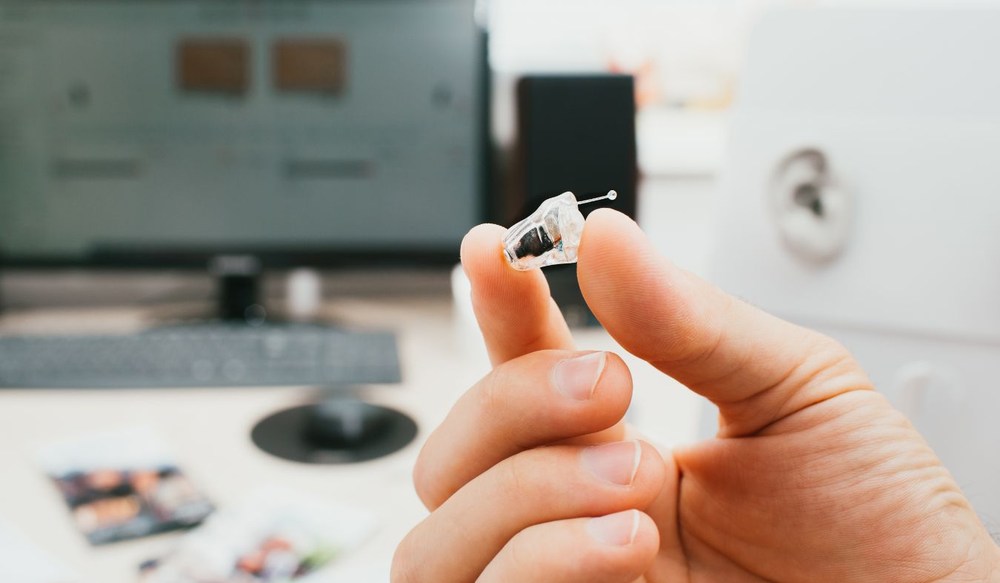How to Protect Your Hearing During Fall Festivals
Fall festivals bring live music, crowded spaces and loudspeakers that can
An interview with Lyn Kirsch, Au.D.: In honor of Black History Month, CAA celebrates diversity of the audiology community in California.
Read More →


Fall festivals bring live music, crowded spaces and loudspeakers that can

Getting hearing aids fitted properly can be tricky because your

When the weather warms up and you’re ready to get back outside, your